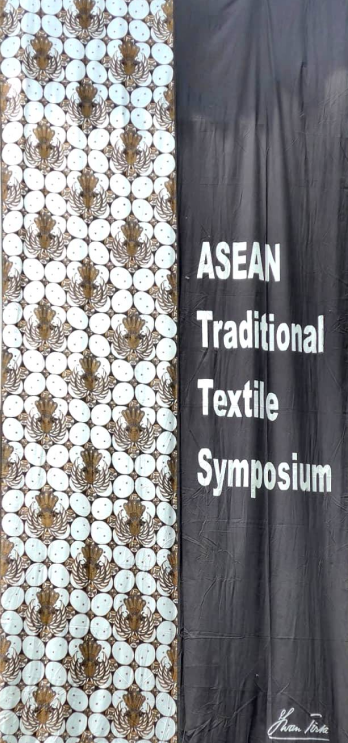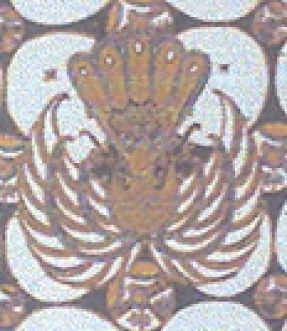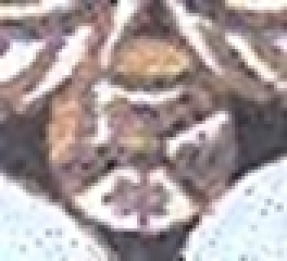Who We Are
TRADITIONAL TEXTILE ARTS SOCIETY OF SOUTH EAST ASIA (TTASSEA) was originally named the ASEAN Traditional Textile Arts Community (ASEAN TTAC). It is a non-governmental, non-profit organization comprising textile enthusiasts, craftsmen, academics, collectors, textile artisans, and institutions.
In December 2005, the Indonesian Traditional Textile Association, Wastraprema, organized a symposium at the ASEAN Secretariat Building in Jakarta. The symposium featured the theme "Traditional Textiles: New Directions in the 21st Century" and resulted in an agreement to establish a community of traditional textile enthusiasts. This community would meet regularly in different host countries.
Officially, ASEAN TTAC was registered as a civil society in Jakarta, Indonesia on April 16, 2010. Since July 21, 2016, the name of ASEAN TTAC has been changed to Traditional Textile Arts Society of South East Asia (TTASSEA) by the Decree of the Minister of Law and Human Rights of the Republic of Indonesia under number AHU-0027929. AH.01.04 of 2016.
Mission
The Traditional Textile Arts Society of South East Asia (TTASSEA) focuses on preserving and conserving traditional textiles through scientific activities and education, aiming to inspire people to value cultural heritage.
Vision
The TTASSEA envisions a world where traditional textiles are appreciated, valued, and preserved by all of humanity.
Logo

The logo of the Traditional Textile Arts Society of Southeast Asia (TTASSEA) was designed by artisan Wattana Wattanapun, a painter from Chiang Mai, Thailand whose works feature painted traditional textiles on canvas. The logo presents a motif dating back to the 8th century BCE, the Dongson Bronze Age, which is used in many designs as part of more intricate shapes. The colours used in the motif are white for the Upperworld, red for the human realm or the Earth, and black for the Underworld, reflecting the known colours of that period.
The motif is known as a quadrilateral "hook and rhomb" (belah ketupat berkaif /berkait). It consists of a diamond shape with 10 hooks, representing the 10 nations of ASEAN. These hooks can be interpreted as a fern shoot [Gleichenia linearis], symbolizing self-knowledge, which can then be expanded to connect with others. This signifies the sharing and spreading of expertise in textile arts among countries in Southeast Asia. The logo is rooted in a shared regional heritage that acknowledges and respects the diversity among nations, symbolizing a collective Southeast Asian identity.
Banner

The ASEAN Traditional Textile Symposium BANNER (5 x 2m, hand waxed, synthetic dyes) was created by the late batik maestro Iwan Tirta in 2008. The left side features a majestic Javanese motif, known as Kawung Gurdho.

A stylized Garuda (Gurdho) or eagle. The concept of this motif was introduced in the Indonesian archipelago by Hindu-Buddhist believers some 2000 years ago. The garuda is the vehicle of God Wishnu, symbolizing the sun and also representing Almighty God.

Previously, the Kawung motif was exclusively worn by the Sultan of Yogyakarta and his family during special events. Nowadays, the kawung motif is worn by people from all walks of life, and it symbolizes fertility as it is interpreted as a stylized cross-section of the jaggery palm fruit (kawung). The motif of this banner, Kawung Gurdha, is a blend of three types of philosophies: Garuda from Hinduism, Hong or huk from China, and kawung, derived from indigenous farming and agriculture beliefs and practices. All three motifs come together in one fabric, symbolizing eternity, harmony, fertility, and belief in a higher being.

A small bird (hong or huk) is nestled between Garuda and Kawung. The bird originates from Chinese philosophy. It symbolizes eternity and harmony.
